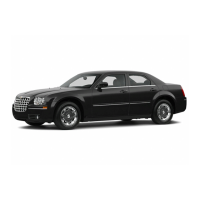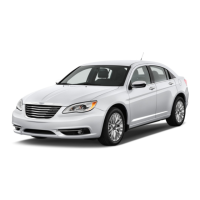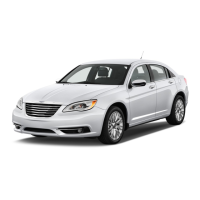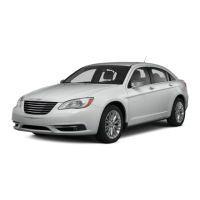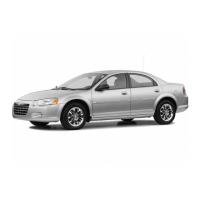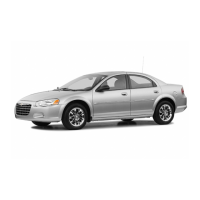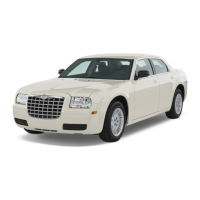BATTERY STATE OF CHARGE
DESCRIPTION
A completely discharged battery requires more
charging time than a partially charged battery. Elec-
trolyte is nearly pure water in a completely dis-
charged battery.
OPERATION
At first, the charging current amperage will be low.
As water is converted back to sulfuric acid inside the
battery, the current amp rate will rise. Also, the spe-
cific gravity of the electrolyte will rise, bringing the
green ball (Fig. 4) into view at approximately 75 per-
cent state-of-charge.
BATTERY TEMPERATURE
DESCRIPTION
A longer time will be needed to charge a battery at
-18°C (0°F) than at 27°C (80°F).
OPERATION
When a fast charger is connected to a cold battery,
current accepted by battery will be very low at first.
In time, the battery will accept a higher rate as bat-
tery temperature warms.
CHARGING TIME REQUIRED
DESCRIPTION
The time required to charge a battery will vary
depending upon the following factors.
• Size of battery
• Battery temperature
• Battery charger capacity
• Battery state of charge
WARNING: NEVER EXCEED 20 AMPS WHEN
CHARGING A COLD -1°C (30°F) BATTERY. THE BAT-
TERY MAY ARC INTERNALLY AND EXPLODE. PER-
SONAL INJURY AND/OR VEHICLE DAMAGE MAY
RESULT.
OPERATION
After proper charging time required is determined,
refer to the individual battery charger instructions
for proper charging procedures.
Fig. 3 Battery Test Indicator
1 – SIGHT GLASS
2 – PLASTIC TUBE
3 – GREEN BALL
4 – BATTERY TOP
Fig. 4 Reading Test Indicator
1 – TEST INDICATOR/STATE OF CHARGE
2 – REPLACE BATTERY
3 – CLEAR
4 – BLACK
5 – GREEN
BATTERY CHARGING TIMETABLE
CHARGING
AMPERAGE
5
AMPERES
10
AMPERES
20
AMPERES
OPEN
CIRCUIT
VOLTAGE
HOURS CHARGING AT 21° C (70° F)
12.25 TO
12.49
6 HOURS 3 HOURS 1.5
HOURS
12.00 TO
12.24
10
HOURS
5 HOURS 2.5
HOURS
10.00 TO
11.99
14
HOURS
7 HOURS 3.5
HOURS
*BELOW
10.00
18
HOURS
9 HOURS 4.5
HOURS
*REFER TO CHARGING A COMPLETELY
DISCHARGED BATTERY
LH BATTERY 8A - 3
DESCRIPTION AND OPERATION (Continued)
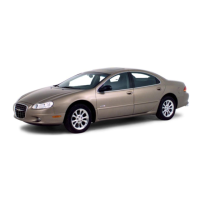
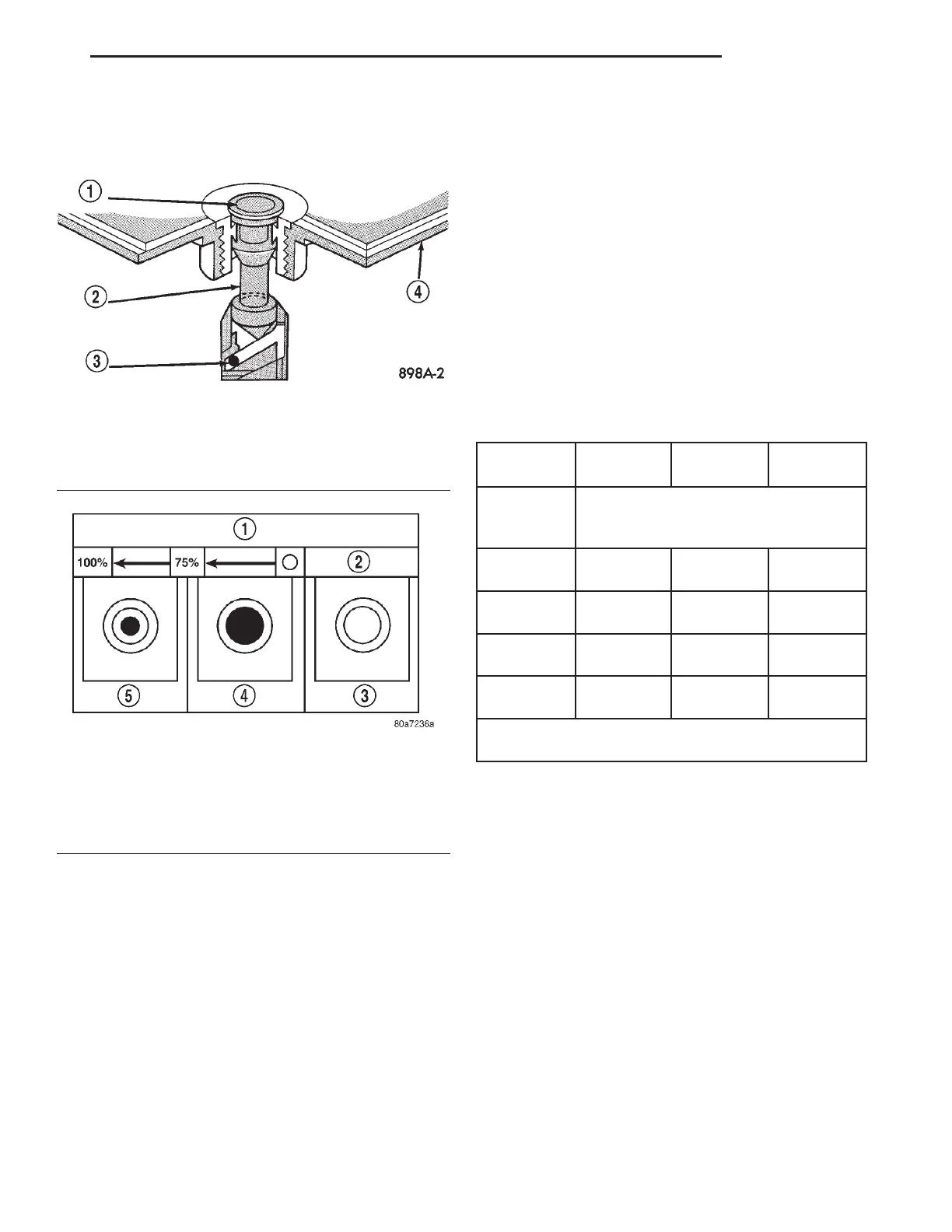